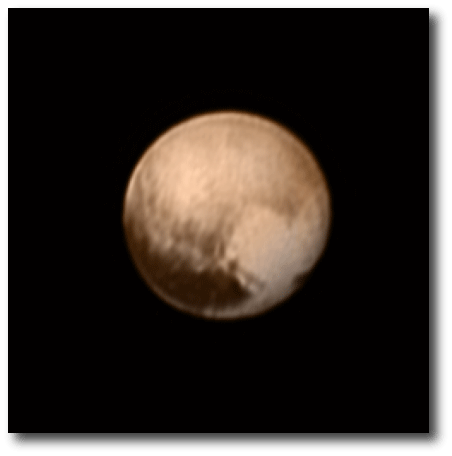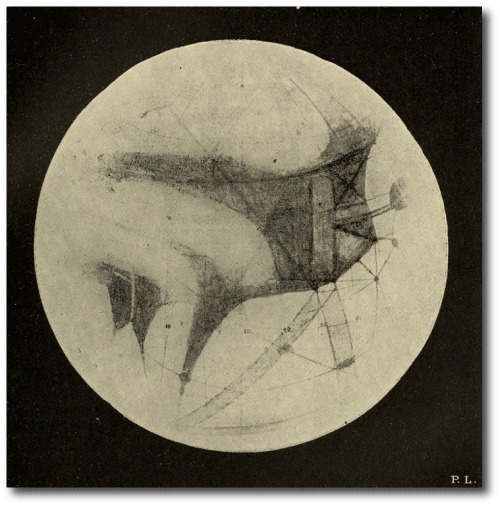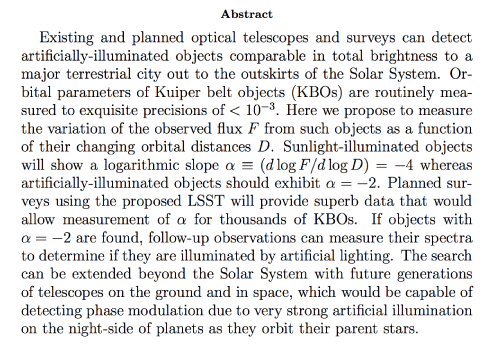First thing every morning, I check the raw images from New Horizons. Today there is a fresh set. The Independence Day glitch has been left millions of miles behind, and only days remain until arrival.
Pluto’s current remove seems to lie at a point of heightened mystery. Mottled patches and curiously regular features are starting to fill the frame.
The detail seems reminiscent of Mars seen through a refracting telescope, and brings to mind Percival Lowell’s drawings that combined real features and artifacts in a tantalizing juxtoposition.
Lowell’s drawing is from 1894. It was still a lifetime — seventy years — before Mariner 4 rushed past Mars and radioed cratered, disappointing close-ups of of the Martian surface. Undaunted, I rode my paper route during the early summer of 1976, concocting vivid premonitions that the first pictures from the Viking I lander would provide some shocking, irrefutable vista of fossils, sandblasted ruins and crashed saucers.
A more quantitative, but effectively similar vein of speculation informed this article by Loeb and Turner from a few years ago:
We need wait only another hundred hours or so if there is to be a view of Pluto’s lit-up cities of the night.





